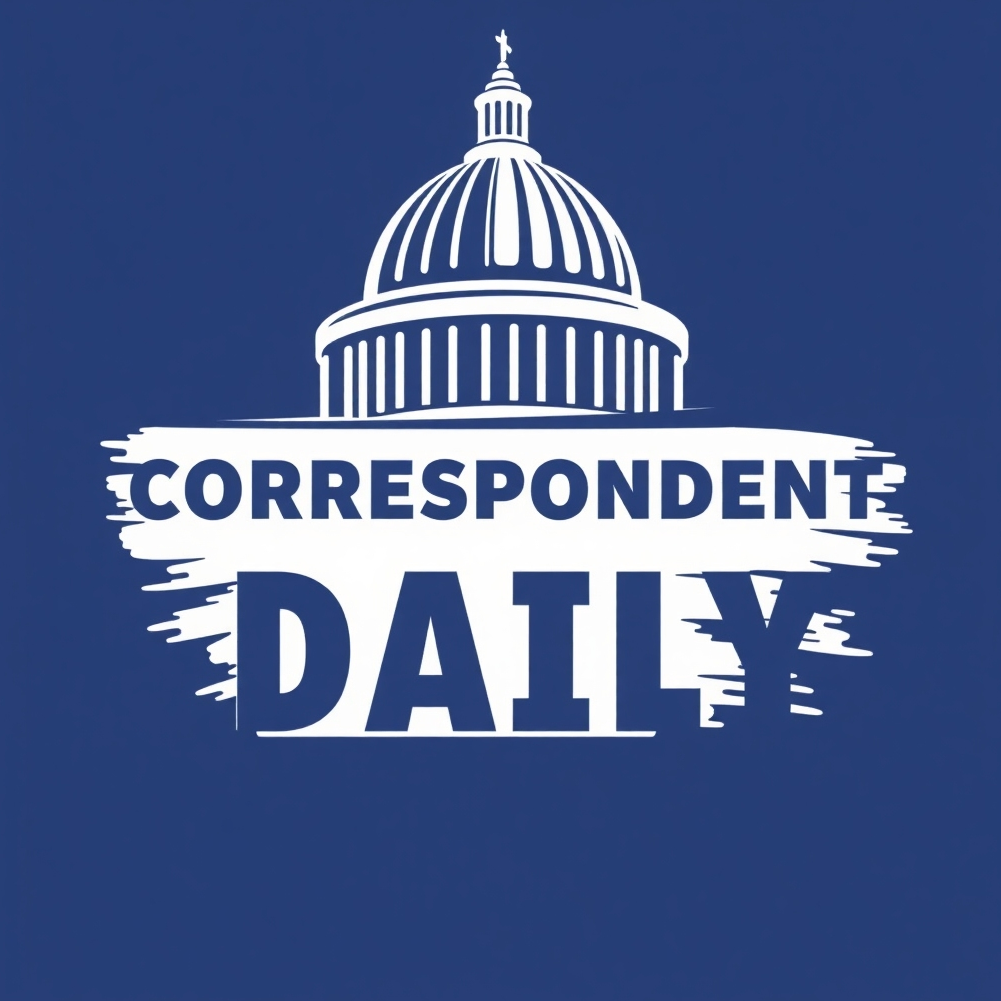
Civil Unrest in Chicago Escalates Over Immigration Policies
On October 3, 2025, a significant clash occurred in Chicago as local residents protested against Immigration and Customs Enforcement (ICE) agents amid rising tensions surrounding immigration enforcement policies initiated by the Trump administration. This confrontation led to shocking outcomes, including the shooting of a demonstrator, which has fueled further outrage and calls for accountability from local authorities.
Backdrop of Rising Tensions Against Federal Enforcement
The situation in Chicago did not arise overnight. In the weeks leading up to the protests, there had been an escalating climate of fear and anger directed at federal immigration enforcement. As part of a nationwide crackdown, the Trump administration launched Operation Midway Blitz, which aimed to apprehend undocumented immigrants and was met with multiple protests across various cities, including Chicago and Portland. Illinois Governor JB Pritzker raised alarms about potential violations of constitutional rights and the presence of military forces in American cities.
Protesters in Broadview, a suburb of Chicago, had gathered for weeks, demonstrating against what they perceived as an aggressive and inhumane handling of immigration issues. Many took to the streets with vivid signs and often met federal agents with chants and bravado. The protests were marked by statements like "ICE melts under resistance," highlighting the emotional and dramatic stakes of their struggles against federal policies.
The Role of the National Guard in Civil Unrest
In the midst of these tensions, Governor Pritzker publicly condemned the deployment of 300 National Guard troops, which he described as an offensive maneuver against his state's citizens. Pritzker asserted that activating the Guard was "outrageous and un-American," emphasizing that military presence in civilian areas should be avoided. His statements reflect a broader concern about federal overreach and state sovereignty.
In stark contrast, Department of Homeland Security Secretary Kristi Noem, who visited the Broadview ICE facility during escalating protests, defended the deployment as necessary for public safety. Noem's visit, however, drew scrutiny, as it coincided with heightened confrontations; protesters were not only expressing grievances but were met with chemical agents and law enforcement tactics that some describe as excessive.
Specific Incidents Fueling Outrage
One of the most startling incidents included a U.S. citizen driving a vehicle into federal officers, prompting a chaotic engagement that resulted in gunfire. Such occurrences underscore a frightening reality where protests are not merely expressions of dissent but have devolved into violent confrontations, raising questions about the motivations and safety measures of law enforcement tactics.
Los Angeles times ongoing events at these protests have drawn national attention, linking the events in Chicago with a broader set of protests happening across the country. Reports illustrate how similar demonstrations in Portland engaged federal agents amid escalating violence, leading to injuries and increased arrests. This pattern demonstrates a troubling national narrative around immigration enforcement that intertwines with issues of civil liberties and public safety.
The Human Element: Voices from the Streets
Amid this turmoil, voices from the protest lines echo the heart of the conflict. Protester Nicole Bandyk expressed her determination to stand against what she perceives as growing authoritarianism, stating, "It’s wrong … It’s just wrong what they’re doing. We are becoming a fascist authoritarian state and it’s wrong." This sense of urgency is bolstered by residents who have recently felt the brunt of federal initiatives targeting immigrant communities, threading fear through both immigrant families and their allies.
Future Predictions: What to Expect Next
As protests continue, the landscape may undergo further transformation as both sides of the issue solidify their stances. With the Trump administration aiming to reinforce borders and clamp down on perceived threats, one can expect more assertive protests, alongside enhanced law enforcement responses, marking a potential for further violence. Experts suggest that unless a dialogue between federal and local authorities evolves, such confrontations may become more frequent, leading to a cycle of discontent that could destabilize communities.
Conclusion: Navigating a Path Forward
The events unfolding in Chicago serve as a stark reminder of the tensions surrounding immigration enforcement and the deep divides it can create within communities. As the situation develops, it is essential for all parties involved to seek peaceful resolutions that balance law enforcement needs with the fundamental rights of all citizens. Continuing dialogue and accountability are necessary if we are to avoid a deeper constitutional crisis. It is imperative for residents to stay informed and engaged, as their collective efforts can shape the narrative and plans for the future.
 Add Row
Add Row  Add
Add 




Write A Comment